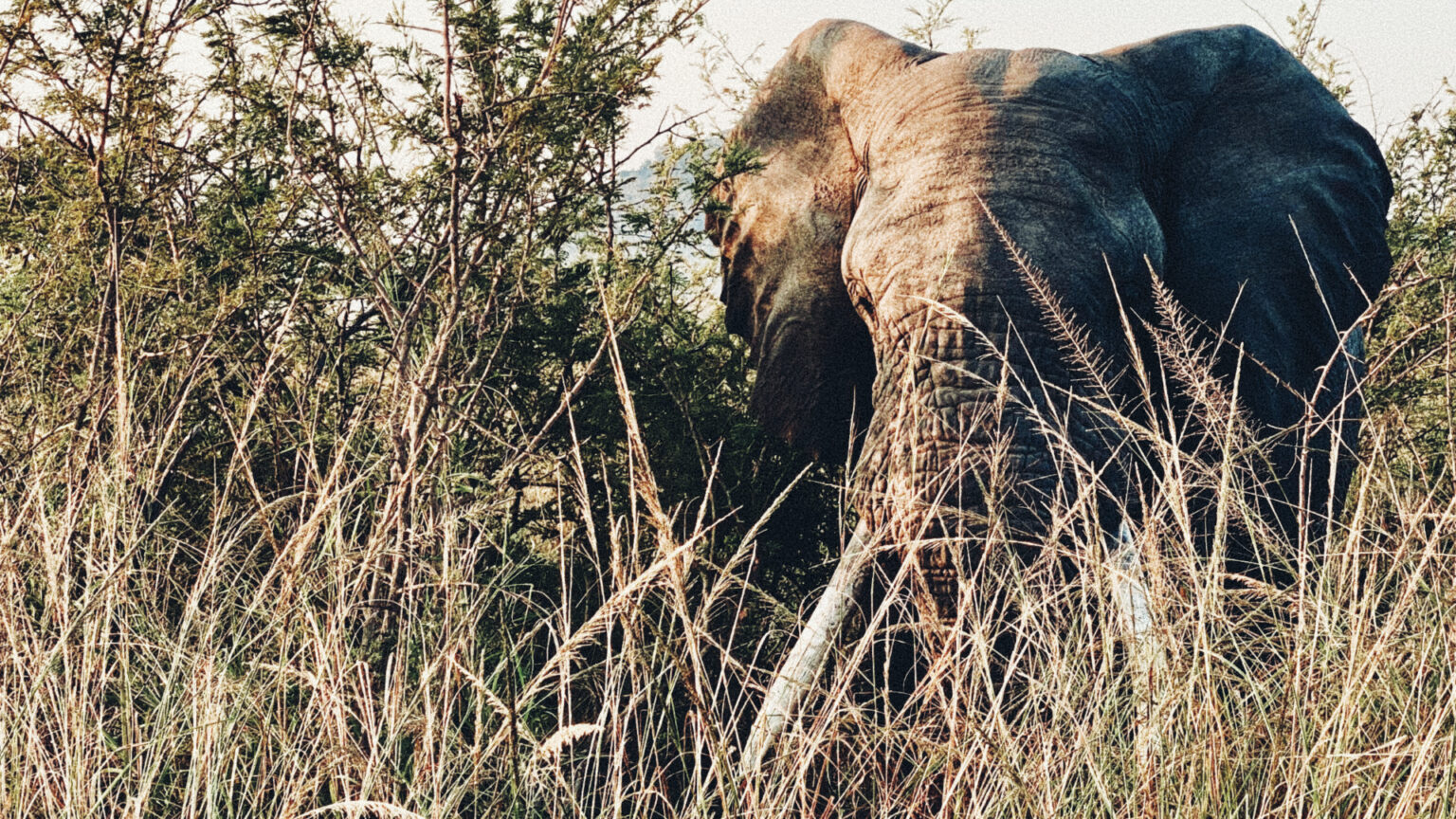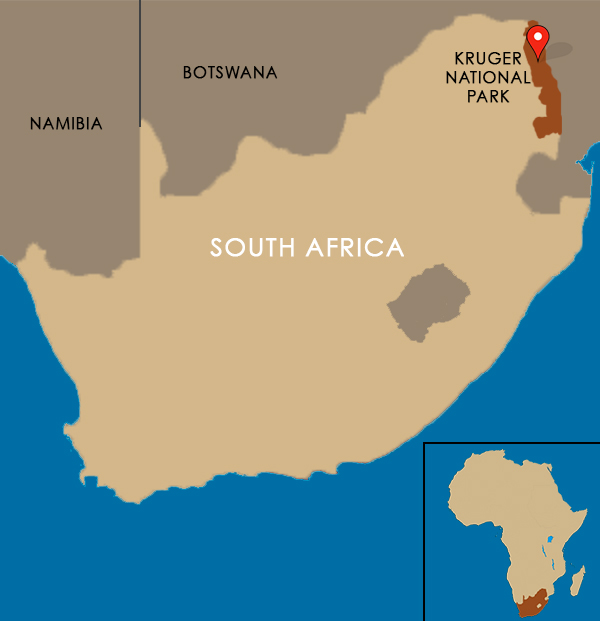The Kruger National Park is one of the most beautiful game parks in the world, in my opinion.
It became South Africa’s first national park in 1926.
It’s roughly the size of Israel.
Ron’s documentary
The documentary on which my following conversation with Ron Thomson is based, The Elephants of Kruger National Park, is an exploration of the ecological impact of elephants on the park.
In particular, the trees.
Ron argues that the overpopulation of elephants is causing massive habitat destruction and a decline in natural biodiversity.
Many people don’t understand the cascading impact.
Elephants are destructive, with one Kruger elephant destroying about four trees per day. If they destroy trees faster than they can grow back, birds and other animals, like giraffes, are forced to migrate. Primitive vegetation, such as thorn bushes, takes over areas where trees and natural diversity once thrived.
The ripple effect is extensive.
Elephants destroying Kruger
I’ve been to Kruger many times ane I’ve seen the destruction caused by elephants.
Ron is a seasoned wildlife manager and presents a compelling account of the damage caused by the overpopulation of elephants, arguing that the excessive number of elephants is gradually killing the entire park.
Elephants are majestic, but one has to put aside emotions and realise that Kruger has capacity for around 3500 elephants, argues Ron.

Currently, best estimates are that Kruger has somewhere between 35,000 and 45,000 elephants.
Possibly even higher.
It’s difficult to know because official counting stopped during the 90s.
Conversation
The essential message I’m conveying is that trees, which have been ring-barked by elephants in Kruger National Park, die.
Ron Thomson





